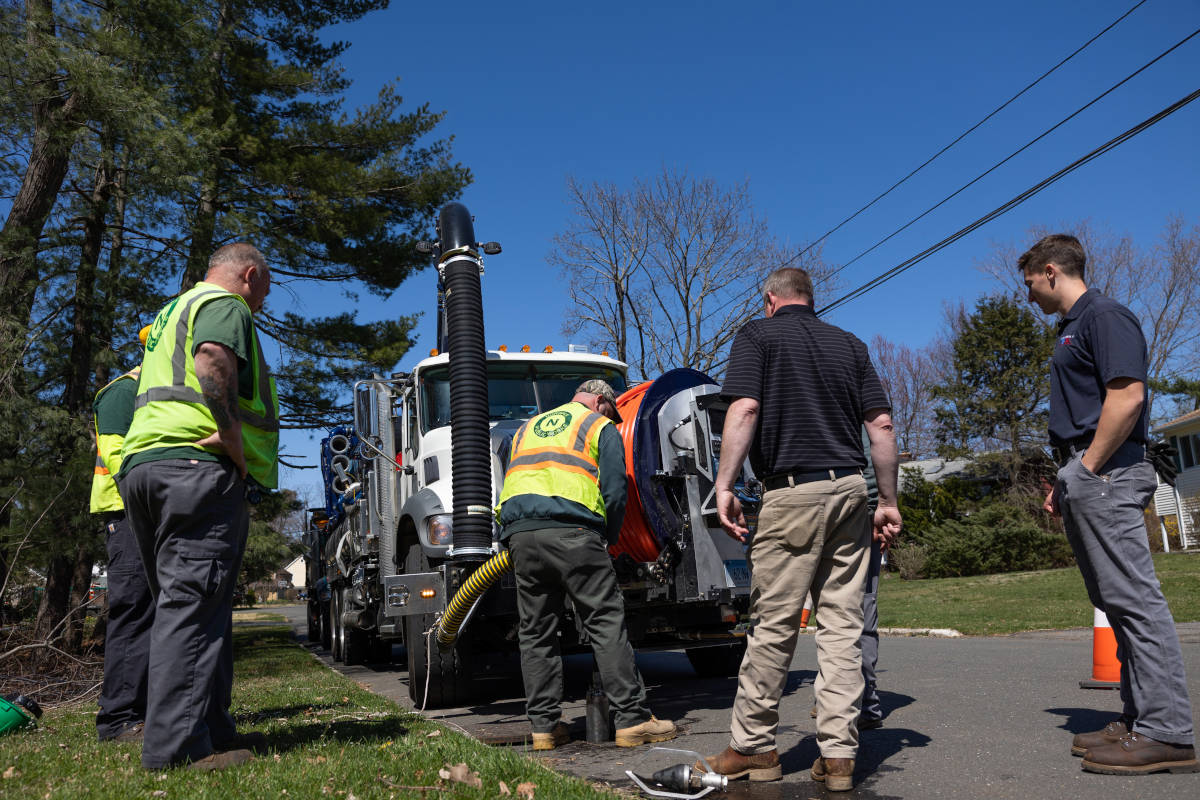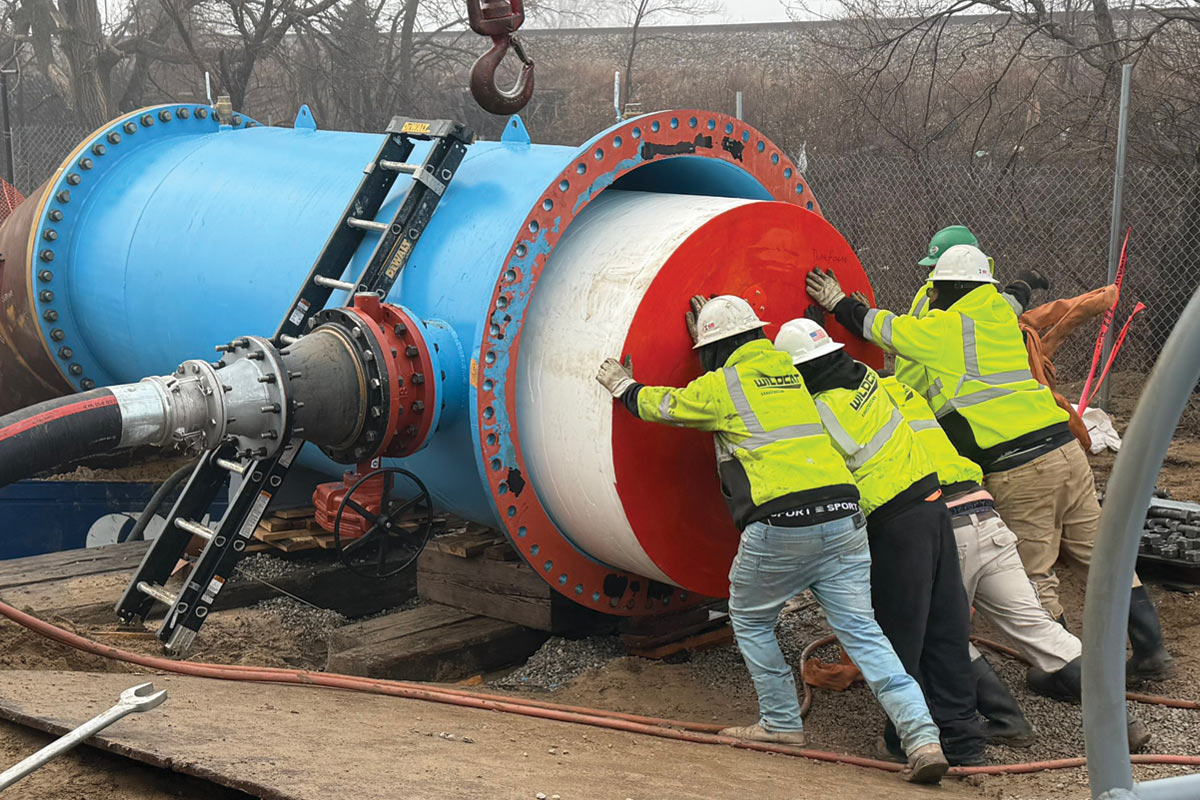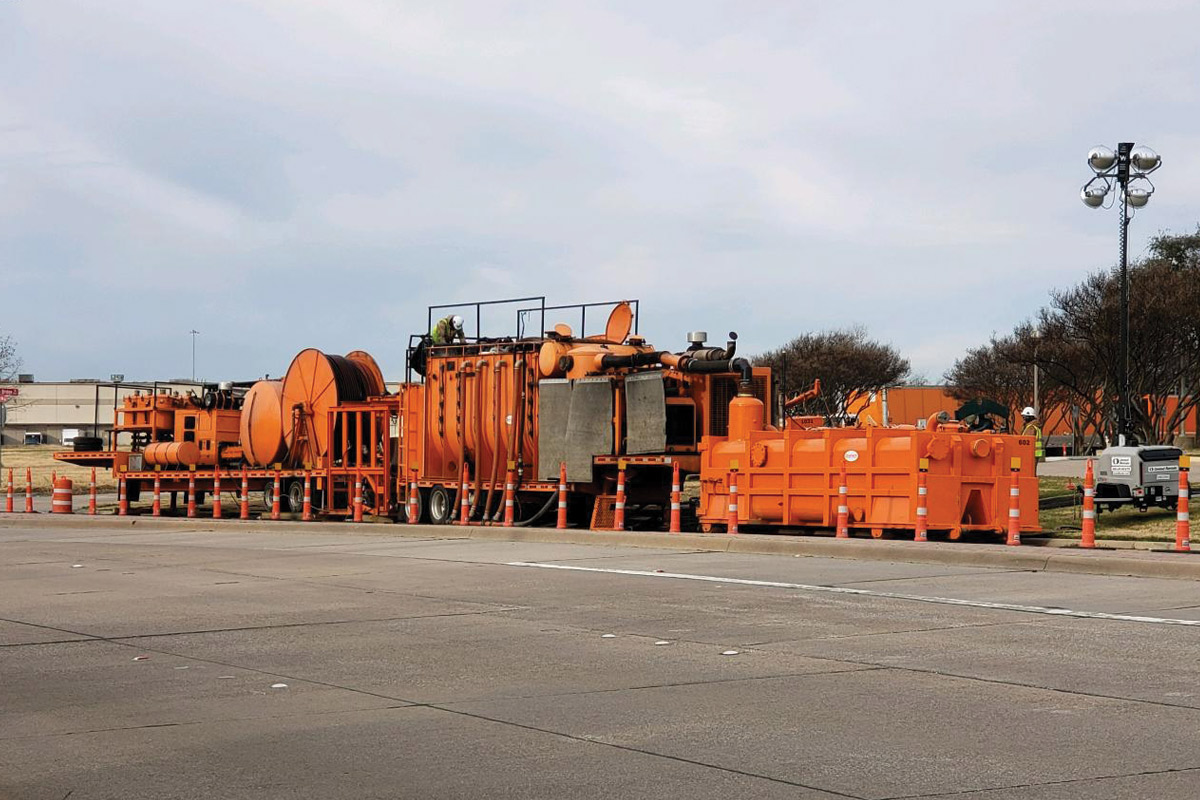
How to Safely Handle Hose
Pipe cleaning operators can often focus on the pumps and nozzles and overlook the importance of hose integrity to safely carrying out cleaning jobs. Hoses are an important component of a jetting system and proper care of hoses can both extend its lifetime and help keep operators safe.
Since hose is often directly in contact with operators, a hose failure presents a serious danger. Jetting hose is designed to operate in harsh environments, but care must be taken to keep it in proper working condition. The burst strength of a hose depends on each layer of the hose. Although damage to hoses can appear minor at first glance, a slice or abrasion can in fact lead to a catastrophic failure in the field.
RELATED: New WJTA High Pressure Waterjetting Safety Video Available
Before starting any job, operators should verify the maximum working pressure and temperature of the hose to avoid exceeding it. The pressure rating of the hose should be clearly marked. It is also important to verify that the hose is compatible with the fittings and tooling being used.
Hoses must also be inspected prior to starting a job to ensure it is in good working order. If a hose has signs of wear, it should be immediately repaired or removed from service. When inspecting a hose, look for cracks or abrasions revealing the reinforcement layer, hose movement on the hose end, signs of blistering, flattening or signs of twisting, kinking and collapse. Hoses showing signs of damage — particularly a hole in the outer jacket, exposed braid of the reinforcing layer, blisters or bubbles, kinking or collapse and any leakage — should be removed from service and repaired or replaced.
In repairing a hose, compatibility is important and the manufacturer’s instructions for repair should always be followed. Manufacturers will generally advise against using a mender or fitting from another manufacturer to repair the hose.

RELATED: What’s Your Confined Space Rescue Plan?
It is important to handle hose with care to extend the lifetime, both lowering expenses and preventing incidents. Avoid dragging hoses across the ground or exposing them to abrasion. In storage and operation, remember to never exceed the minimum bend radius of the hose. A tiger tail hose protector should always be used to prevent abrasion against the pipe edges. The protector provides a smooth surface for the jetting hose when transitioning around a bend. Follow the manufacturer’s recommendations for pressure testing.
With proper training, inspections and procedures hoses can be managed safely, benefitting both workers and the overall bottom line.
Peter Wright is association manager for the WaterJet Technology Association (WJTA).




